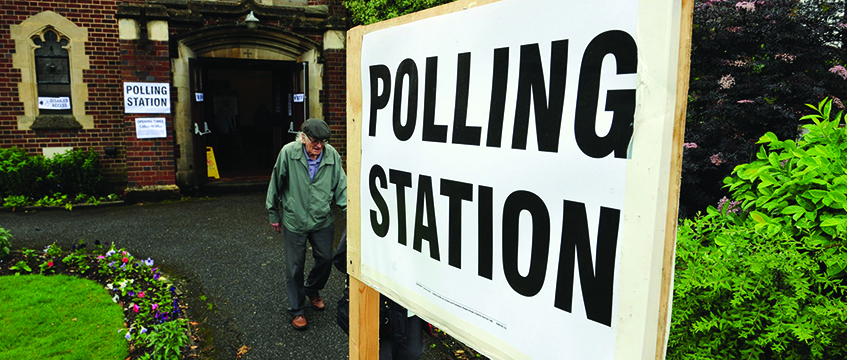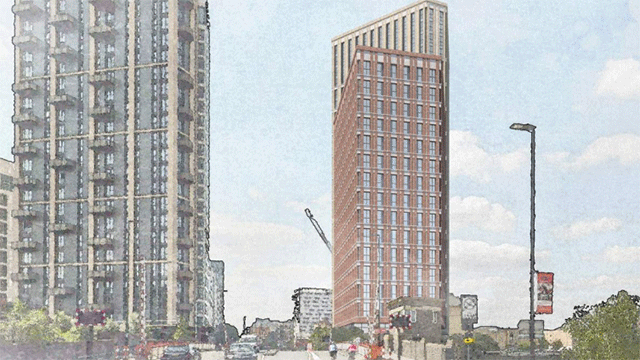With a week to go until the general election, voters will be weighing up a raft of big promises to revitalise the UK’s housing and infrastructure sector. Yet a key question remains: can the different parties’ manifesto pledges actually be delivered with today’s planning legislation and processes? writes Tim Smith, partner at Berwin Leighton Paisner.
Major planning schemes – whether nationally significant infrastructure projects or large housing developments – will always attract the greatest controversy because they disturb the status quo for the greatest number of people.
The consenting process for nationally significant infrastructure projects, introduced by the Planning Act 2008, has so far been up to the task. While it is not without its faults, it is much better than the largely uncontrollable scope, and therefore duration, of public inquiries initiated under the previous consenting regime.
However, the Hybrid Bill process, used for consenting some major linear transport schemes such as Crossrail and HS2, leaves serious question marks over how fair a forum it represents for people whose land is to be acquired compulsorily.
Successive government reforms have tried to marry, increasing the degree of public involvement with the speeding up of the planning process. In my experience, the two are mutually exclusive, yet both are aims which the government of the day cannot be seen to relinquish. This has had a marked effect when it comes to smaller schemes, which are as hard as ever to implement.
The introduction of “localism” is a case in point. At its introduction it was hailed by many communities as the tool they needed to be able to resist unwelcome development in their neighbourhoods. It was only later, when the government clarified that localism was about how to facilitate growth rather than prevent it, that many of those communities who had cheered its introduction felt they had been misled and betrayed.
And there is no sign of a Labour administration abandoning the localism proposals created by the previous coalition government. The manifesto reaffirms Labour’s commitment to devolution, stating in the context of planning that this is about “handing power back to communities”. But the objectives to be achieved by this suggested reallocation of power are difficult to discern beyond general statements about allowing local authorities to “stand up to big developers” and the unspecific intent to “put people and communities at the heart of planning”.
Our failure to build enough market and social housing remains the single biggest planning problem to be tackled. Despite this, though, there is a lack of any radical suggestions for dealing with the problem. Both parties are careful to reassure that sacred cows such as the green belt will not be touched but the measures that are articulated appear to be little other than “more of the same”.
Few would argue with the need to build more homes, especially affordable housing. Unsurprisingly, the Conservative manifesto draws heavily on ideas published by the government in its recent housing white paper consultation, ongoing when the general election was called. But beyond importing existing proposals and placing a heavy emphasis on the suggested causes of our so-called “dysfunctional housing market”, it says little about how the historic problems are to be overcome. Perhaps the most headline-grabbing proposal is that “ambitious, pro-development local authorities” will be incentivised by council housing deals to build more social housing, suggesting that we may be heading back to the days when local councils developed significant levels of council housing.
Labour’s manifesto, while containing fewer specific commitments relevant to planning more generally, becomes more policy-specific in relation to housing. Although a considerable amount of attention is devoted to perceived failures by the Conservatives, the target of 100,000 new council and affordable homes by the end of the next parliament is set. The creation of a new Department for Housing is promised and reforms to the Homes & Communities Agency are also trailed to support its delivery function. But without more flesh on these bare bones it is difficult to discern measures that are likely to reverse the historic underachievement of market and social housing completion rates.
Despite the key issues, both the Labour and Conservative manifestos are noticeably light on policies related to the planning system, something which could prove a make-or-break factor in delivering in major development plans.











